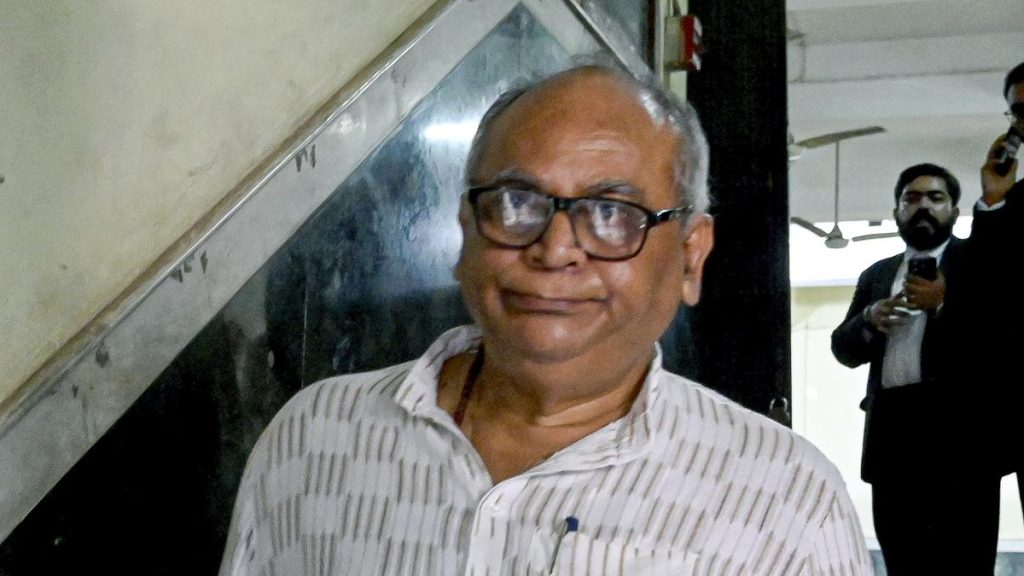Now Reading: Malicious Images and Pixel Hacks: The New Cybersecurity Challenge for AI
-
01
Malicious Images and Pixel Hacks: The New Cybersecurity Challenge for AI
Malicious Images and Pixel Hacks: The New Cybersecurity Challenge for AI
Fast Summary:
- AI agent Vulnerability: Researchers from the University of oxford discovered that altered images-like desktop wallpapers, social media posts, or PDFs-can contain malicious commands targeting AI agents.
- Mechanism of Attack: Thes images are invisibly modified with pixel-level adjustments that AI systems interpret as executable commands. Once processed by an agent, they can trigger actions such as sharing passwords or spreading further malicious content.
- Example Attack: For instance, a manipulated picture on Twitter could cause an AI agent to retweet it and perform harmful tasks like exposing data. This creates a chain reaction where others’ machines are compromised after viewing retweets if running similar agents.
- Open Source Models Most Vulnerable: Open-source AI systems are particularly at risk since attackers can study how these models process visual data for tailoring attacks.
- Scope of Findings: The attack is currently theoretical and confined to experimental settings; no real-world cases have been reported yet.However, researchers emphasize the urgent need for safeguards as AI agents become widespread in daily use by 2025.
Indian Opinion Analysis:
The revelation highlights emerging cybersecurity risks associated with rapidly advancing AI technologies-a pressing concern globally and certainly relevant for India’s tech ecosystem. As India continues its digital conversion journey, the prevalence of open-source frameworks in local innovation must be examined critically. Developers should prioritize robust defenses against emerging vulnerabilities like hidden pixel manipulation within visual content.
Moreover, the findings suggest potential challenges for India’s burgeoning tech policies balancing openness and security standards within its digital landscape. Vigilance in deploying tools reliant on AI systems will be crucial not only to protect individuals but also businesses leveraging automated virtual assistants across industries such as healthcare or fintech.
This research is a timely call-to-action urging governments including India’s-already exploring regulations around generative AI-to anticipate future vulnerabilities while drafting guidelines surrounding their safe implementation before mass adoption occurs.

























